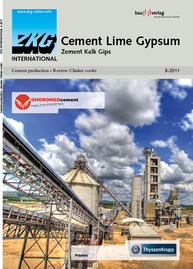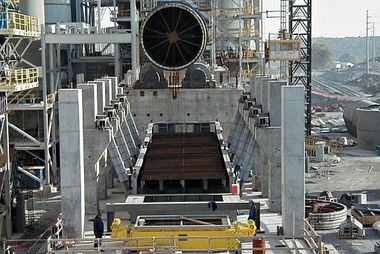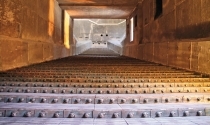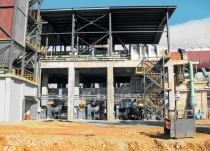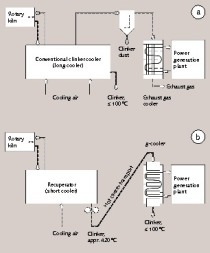Latest trends in clinker cooling
Summary: In the course of the rapid cooler development in recent years, new generations of grate coolers have come onto the market. In fact, it has meanwhile become difficult to keep track of the current cooler generation. However, despite the new market introductions, no great improvements have been made with regard to cooler efficiency and the cooling principle. This report provides an overview of the main equipment developments of recent years and relates them to the process technological background. It discusses the important parameters determining the efficiency of a clinker cooler and shows how the solutions and market shares of the individual plant engineers differ.
When cooler vendors bring a modified grate cooler onto the market, they like to present it as a new cooler generation. Customers generally see a new cooler generation in connection with fundamental improvements in process technological and mechanical upgrades. So how far are these customer expectations met by the characteristics and operating results of new coolers? Figure 1 shows the grate cooler generations introduced so far. This only takes account of developments that represent a decisive advancement of existing systems. The first grate cooler generation was introduced by...

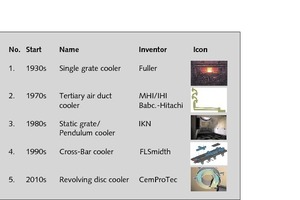
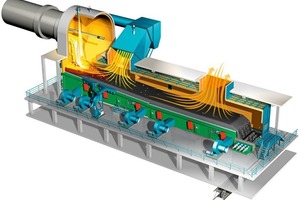
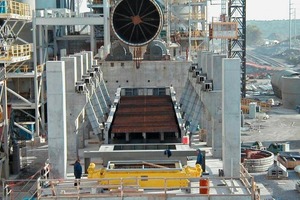
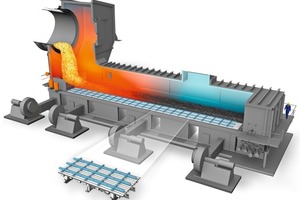
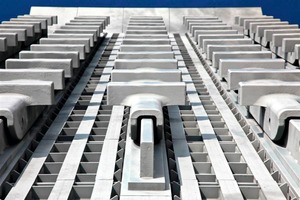
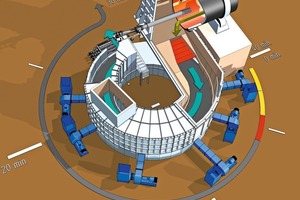
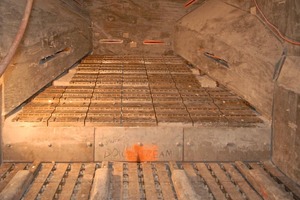
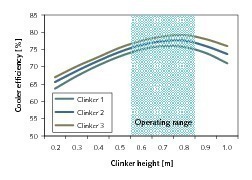
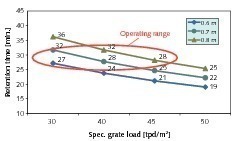
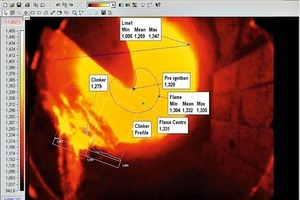
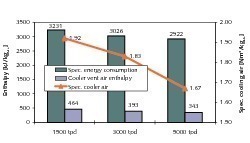
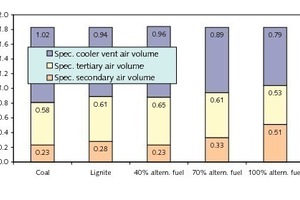
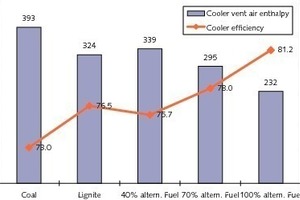
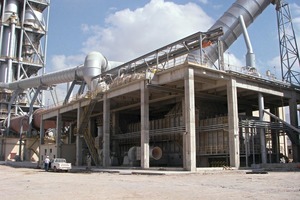
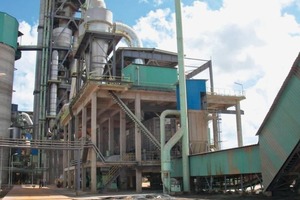
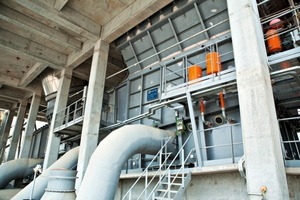
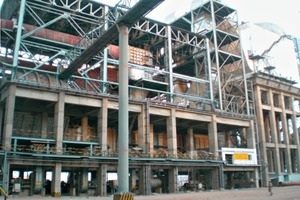
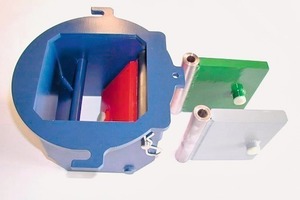
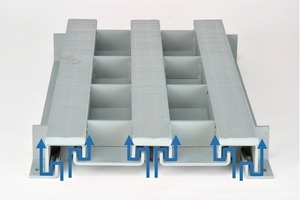
![20 Market shares for new coolers 2007–2008 [12]](https://www.zkg.de/imgs/tok_a8fe521d1802a095cf35257d3fe91609/w300_h200_x150_y105_101528452_2bfe6e8196.jpg)
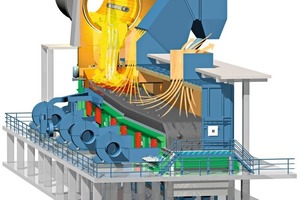
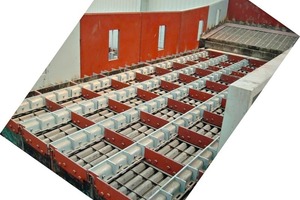
![22 Market shares for cooler conversions 2007–2008 [12]](https://www.zkg.de/imgs/tok_3d3f00c837ddd88e252d84237e5a46ad/w299_h200_x149_y105_101528377_51061219d6.jpg)
